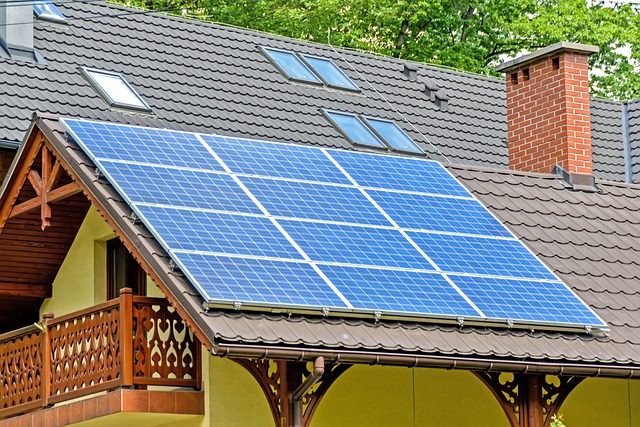
Solar panels have become a beacon of clean energy, harnessing the sun’s rays to power homes and businesses. But did you know a seemingly minor detail – the angle of your panels – significantly impacts their efficiency? This article delves into the fascinating world of solar panel tilt angles, exploring how they influence power generation and how to optimize them for maximum output.
The Angle of Attack: Why Tilt Matters
Solar panels capture sunlight most effectively when they strike the surface perpendicularly. As the angle deviates from perpendicular, the sunlight hits at an oblique angle, reducing the panel’s surface area exposed to direct sunlight. This translates to a decrease in electricity production.
Finding the Optimal Tilt
The ideal tilt angle depends on your geographical location. In simpler terms, it should match the sun’s seasonal path across the sky. Here’s the breakdown:
- Latitude Matters: As a rule of thumb, the optimal tilt angle is roughly equal to your latitude. For example, if you reside at 30 degrees north latitude, tilting your panels at 30 degrees maximizes sunlight exposure throughout the year.
- Seasonal Adjustments (Optional): For even greater efficiency, some systems allow for seasonal adjustments. In summer, tilting the panels slightly downwards can compensate for the sun’s higher position. Conversely, a slight upward tilt in winter captures the lower winter sun.
Adjusting Your Solar Panels: DIY or Pro?
Adjusting solar panel tilt angles typically requires accessing the mounting system. For safety reasons, it’s recommended to consult a qualified solar installer for adjustments, especially if your panels are mounted on a roof. They possess the expertise and safety equipment to handle the task efficiently.
Residential vs. Industrial: A Tale of Two Tilts
Tilt optimization strategies can differ slightly between residential and industrial solar panel installations.
- Residential Solar Panels: Residential rooftops often have a fixed tilt determined by the roof’s pitch. In such cases, the installer optimizes the panel layout to capture the most sunlight within this constraint. Solar trackers, which automatically adjust the panel tilt throughout the day, are an option for some homeowners seeking maximum efficiency.
- Industrial Solar Panels: Industrial solar farms typically use ground-mounted panels, offering greater flexibility in tilt angle adjustments. These installations often employ tracking systems to maximize sunlight exposure throughout the day, significantly boosting overall power generation.
A Perfect Angle for Peak Performance
By understanding the importance of solar panel tilt angles and implementing strategies for optimal positioning, you can unlock the full potential of your solar energy system. Remember, a few degrees can make a significant difference in your electricity production. So, consult a professional to determine the ideal tilt angle for your location and harness the power of the sun more effectively!

